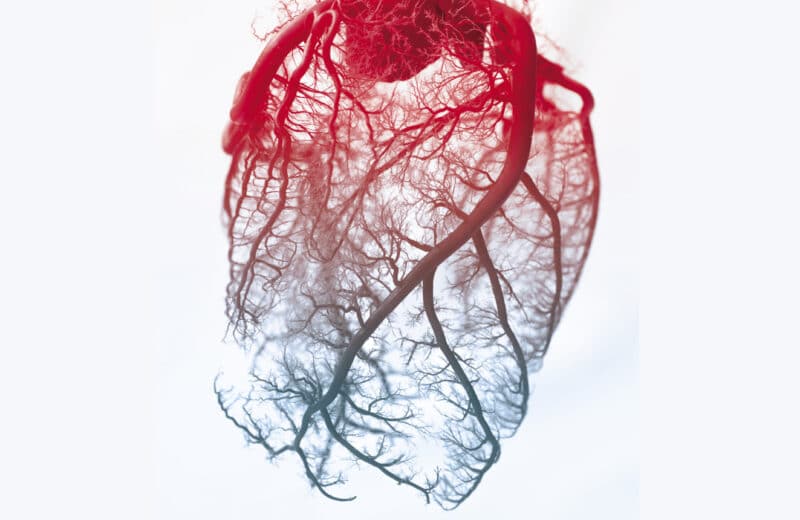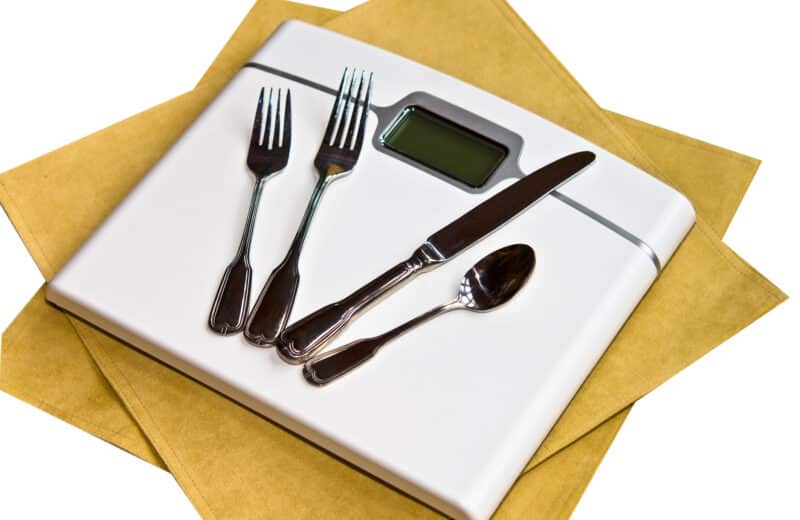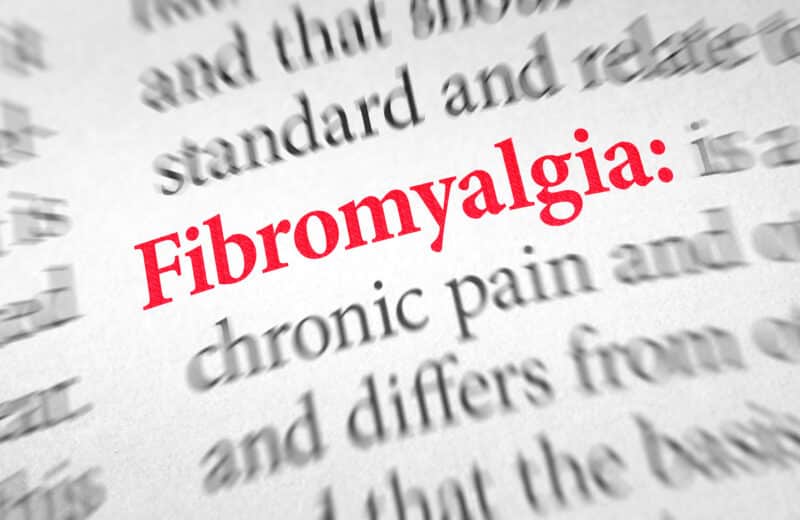If one-third of Americans have unhealthy cholesterol levels, why did the U.S. recently change its advice to limit the cholesterol we eat daily? Well, for most of us, dietary cholesterol has almost no effect on the cholesterol that ends up in our arteries. But keeping your blood cholesterol numbers down is still key to preventing heart disease.
Two types of cholesterol are found in the blood, LDL and HDL — and LDL is traditionally targeted as the bad stuff that you want to lower. But it’s now known that not all LDL particles are equally dangerous. Small, dense LDL seems to be able to sneak through artery walls more easily and oxidize more readily into a damaging form, compared to the larger, lighter particles. Fortunately, eating the right foods can help keep this cholesterol out of your arteries. Here’s what you should know.
Cut saturated fats and refined carbs.
Saturated fats do make LDL cholesterol in the blood, and many experts still urge limiting these fats — especially from meat — to less than 10 percent of your daily calories. But new research suggests that cutting carbs may be more important for heart health. “Highly processed carbohydrates — particularly sugary and refined carbs like white bread and cookies — are the main dietary influence on small dense LDL particles,” says Ron Krauss, M.D., director of atherosclerosis research at Children’s Hospital Oakland Research Institute. When people replace saturated fats with sugary, refined carbs, “good” HDL drops, while LDL and triglycerides rise — as does heart disease risk. The USDA says to keep added sugars to 10 percent of daily calories, but Krauss would go further and recommend limiting refined carbs as well.
Yes, you can eat eggs.
Dietary cholesterol is officially a nonissue for most healthy folks, so eggs’ cholesterol content — around 185 mg apiece — shouldn’t pose a problem. (Same goes for shrimp.) That said, people with diabetes might want to keep it to an egg a day; research has shown that eating eggs raises the risk for heart disease in diabetics, so American Diabetes Association guidelines still recommend keeping daily cholesterol intake under 300 mg.
For better cholesterol levels, exercise.
Regular exercise helps boost levels of heart-healthy HDL cholesterol that serves to clean up your arteries. While any exercise is good, moderate cardio, like jogging, raises HDL levels — and more-intense aerobic exercise like spinning tends to up the ante further by lowering LDL and triglycerides.
Eat an avocado.
Avocados are rich in monounsaturated fats, which boost “good” HDL cholesterol while lowering triglycerides and LDL — and avocado’s fiber and phytosterols may give its cholesterol-lowering power a boost. When overweight people ate an avocado daily, their LDL levels dropped significantly more than in those who didn’t eat the avocado.
Sow your oats (and barley).
These grains are rich in beta glucan, a soluble fiber and a great way to slash small, dense LDL. Benefits kick in when you get at least 3 grams of beta glucan daily (that’s the amount in 1 1/2 cups cooked oatmeal or 1 1/4 cups cooked pearl barley).
Nibble some nuts.
Getting between 1 and 3 ounces of nuts like walnuts, almonds, hazelnuts and pistachios daily can help nudge small dense LDLs down. When people with high cholesterol added about 24 walnut halves to their usual diets for six weeks, their small dense LDLs dropped 12.7 points.
(EatingWell is a magazine and website devoted to healthy eating as a way of life. Online at www.eatingwell.com.)













